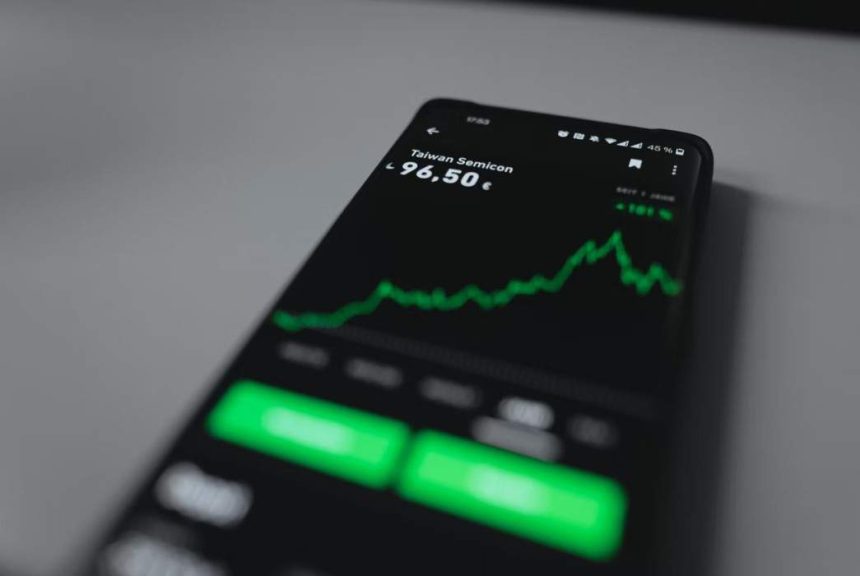Trading and investing are great methods to grow your money, but they do not come without risk. Besides losing money due to market price volatility, one should also consider another risk, such as the likelihood of falling victim to a broker scam.
Placing your trust in a broker, investing with integrity, and losing money to fraud may be a traumatic experience. And this is the worst circumstance that no trader wants to happen. But unfortunately, trading and investing have changed drastically since the COVID-19 outbreak began, making broker scams a growing threat to the naive and gullible.
What exactly are broker scams?
Broker scams are impersonator schemes that are constantly changing and evolving. It could also be cyber-related concerns, such as swindlers creating bogus websites utilizing legitimate industry experts’ names and professional details who have no connection to the impostor sites.
Impersonation is one of the oldest types of deception, but it’s also one of the most difficult to spot, provided you know exactly what you’re looking for.
How to identify broker scams?
Imposter Websites
Broker imposter websites are created by using a registered investment professional’s name and other publicly available professional details and using them to create a false website. The con artists then call potential customers and redirect them to fake websites. Their most likely purpose is to imitate an actual website to collect personal details or login credentials from current or new clients.
Typical errors include wrong syntax, misspellings, strange or uncomfortable phrasings, and misuse of investment terminology. Aside from these, traders should keep an eye out for websites that use the registered representative’s name as the domain name.
Imposter Documents
An unlicensed individual appears as a competent financial expert to entice potential customers. For instance, a con artist concocts a copy of a legal broker’s public report and delivers it to the investor under the name and CRD number of an unlicensed investment business trader, posing as an investment business expert. This appeal asks for the individual’s personal information and some documents.
How to choose the right broker?
Choosing the right broker is an essential task and also involves many steps. So, follow this guide while choosing your broker. And, if suppose you get scammed by a fake broker, don’t worry.
Because many broker scam recovery companies have been established in recent times, all these firms have a common goal, i.e., bringing justice to scam victims.
Charges that are too high
Brokers frequently take your money by imposing higher margins, levies, and fees. Certain shady brokers seek a more significant commission. Margins, charges, and expenses can all be misinterpreted, leading to deception. Newcomers are more likely to be caught off guard.
Stop Loss
Insider trading is challenging to detect, yet it is one of the most common methods employed by unscrupulous brokers to defraud their customers. The broker can access the clients’ trading data and program particular market movements to force traders to sell their holdings by triggering stop-loss orders. In the short term, this causes market instability, putting many traders in the red.
Read the broker’s reviews before investing. Then conduct extensive research. Market manipulators are individuals who manipulate the market. Fake investment firms, meanwhile, use strategies and techniques to benefit their clients.
Boiler Room
It depicts a broker who conducts deals from a temporary location. A farce in which a person makes cold calls and communicates on social media sites using a false persona. Brokers also disguise themselves by changing their names.
Pump and Dump schemes
Pumping and Dumping is a scheme devised by brokers to make a profit. The broker starts by purchasing a low-cost asset. They urge investors to put money into it. Then, as the asset’s price recovers, the broker casually dumps their funds, causing the value to collapse.
Protecting yourself from Broker Scams
The best approach to safeguard yourself is to learn how they operate. You should be wary of tempting offers and promises of instant riches. Despite having fund recovery firms, you must know how to protect yourself from a Broker scam.
- Finding the source
Many governmental websites are available, such as the Financial Conduct Authority (FCA), which works as a regulatory body for trading platforms and brokers. As a broker, he must be registered with the FCA.
1. Look for anything that doesn’t seem to belong there
Keep an eye out for mistakes and variations in the reports. There may be minor stylistic variations, such as fonts that differ from those used elsewhere in the news, elements that appear to have been inserted into the document, and the location of the branch office address not appearing on the list of places where the individual is licensed.
2. Use the internet to double-check the information
Take some time to type in the person’s name, pitch your business and the firm’s name into a standard search engine, and see what comes up. Does it correspond to your information, including the contact details? If something doesn’t seem correct, conduct additional research, such as a map search on the address or a reverse phone number lookup.
3. Never share your details with anyone
Sending money or personal data to someone you don’t know is wrong. Unless you’ve double-checked who contacted you, never transmit information and financial information, such as your driver’s license, visa, SSN, birth date, or bank account details.
4. Look for warning signs
Promises, unlicensed products, excessively constant or high returns, sophisticated tactics, lacking documentation, account irregularities, and aggressive salespeople are all things to be wary of. Although most investment professionals are trustworthy, there are always exceptions who may want to exploit your trust. Hence, you need to look for these warning signs to decipher a genuine broker from a fraudulent one.
Conclusion
Broker scams are impersonator fraud that has changed over time as new techniques have become available. Since they are long-running scams, not many people know about them. As a result, exercise caution when choosing a broker and look for the warning signs, including pressure to spend more, unwanted calls, and emails. Scammers are also impersonating account managers and other staff. Aside from that, the investor should know how to protect themselves. Performing an online search to see if the company is permitted and not sending money to an anonymous person are two examples.














